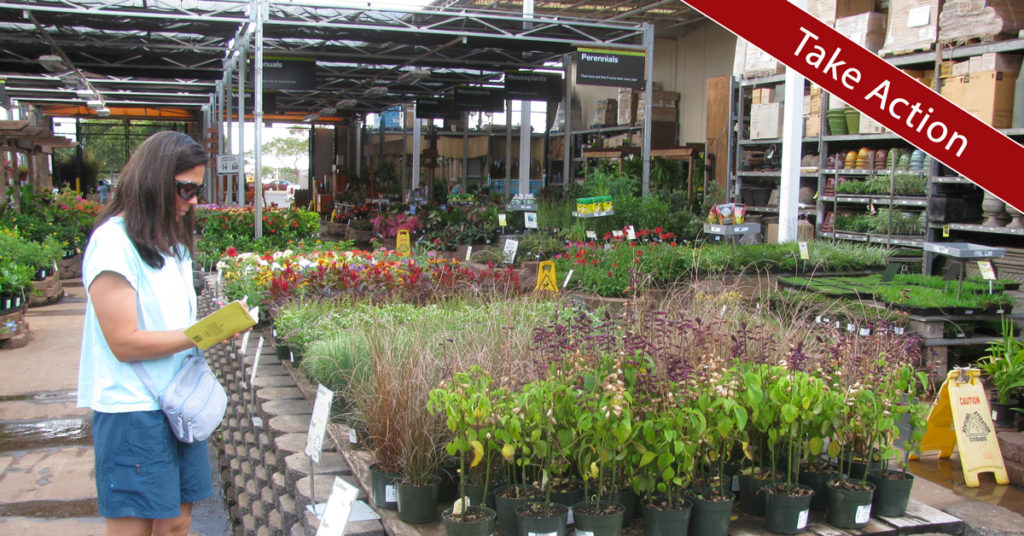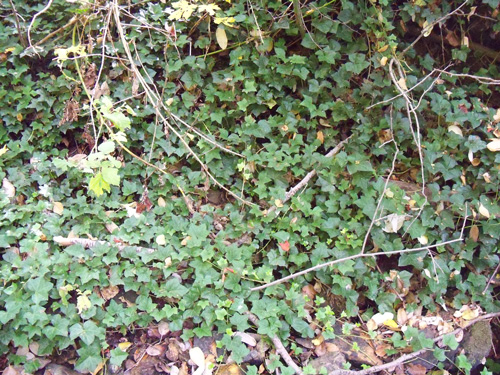2/18 update: Hooray! HJ 527 has passed through both houses and is on its way to the governor’s desk.

The Virginia Department of Conservation and Recreation (DCR) lists 90 invasive plants that “pose a threat to Virginia’s forests, native grasslands, wetlands or waterways”, and unfortunately, many of them are for sale at your local garden center. Invasive plants are plants that originate from outside a region and cause damage to the environment, economy, and/or human health after their introduction to a new area. Invasive plants outcompete and adversely impact native plants and have no native controls. Virginia residents, local and state governments spend millions of dollars a year removing invasive plants. The time, money and resources spent on controlling invasives and the environmental damage that they cause can be greatly lessened if invasive plants are removed from the nursery trade.
What will be studied?
This study would allow for the exploration of options for phasing out the propagation and sale of invasive plants in Virginia’s horticultural industry, which may include potential legislative action to be brought the following year to the 2022 General Assembly. The study group, which will include representatives from the nursery and landscaping industry, state agencies and environmental groups, will produce a report of their recommendations and findings. The study language was introduced as a resolution HJ 527 (Bulova) and as a senate budget amendment 373 #4s (Marsden).
Additional talking points

Current law inadequate
Virginia’s noxious weed law regulates the movement of certain plants. “Noxious weed” means any living plant, or part thereof, declared by the Board through regulations under this chapter to be detrimental to crops, surface waters, including lakes, or other desirable plants, livestock, land, or other property, or to be injurious to public health, the environment, or the economy, except when in-state production of such living plant, or part thereof, is commercially viable or such living plant is commercially propagated in Virginia.” Therefore, if it is grown in a nursery for sale, it cannot be classified as a noxious weed.
Opportunity for new industry: native plants
While this effort does not seek to phase out the sale of non-invasive and non-native garden plants (using tulips as an example), propagating and selling native plants represent a growth opportunity for the industry. As people who normally do not purchase natives come to understand the problems with invasive plants and replace them or seek to enhance habitat, demand for native plants could increase. Vendors of and the market for native plants have increased in Virginia over the past ten years, which could offset the cost of transitioning away from growing and selling invasive species for many producers.
Financial Cost of Controlling Invasives
Only citing five sources; three private landowners, one state volunteer program, four regional federal agencies and one state agency, $1,518,478 was spent in one year controlling invasive plants. This example is far under what the actual cost of what Virginians spend on eradicating invasive plants.
Questions? Contact PEC’s director of state policy, Dan Holmes, at dholmes@pecva.org.
